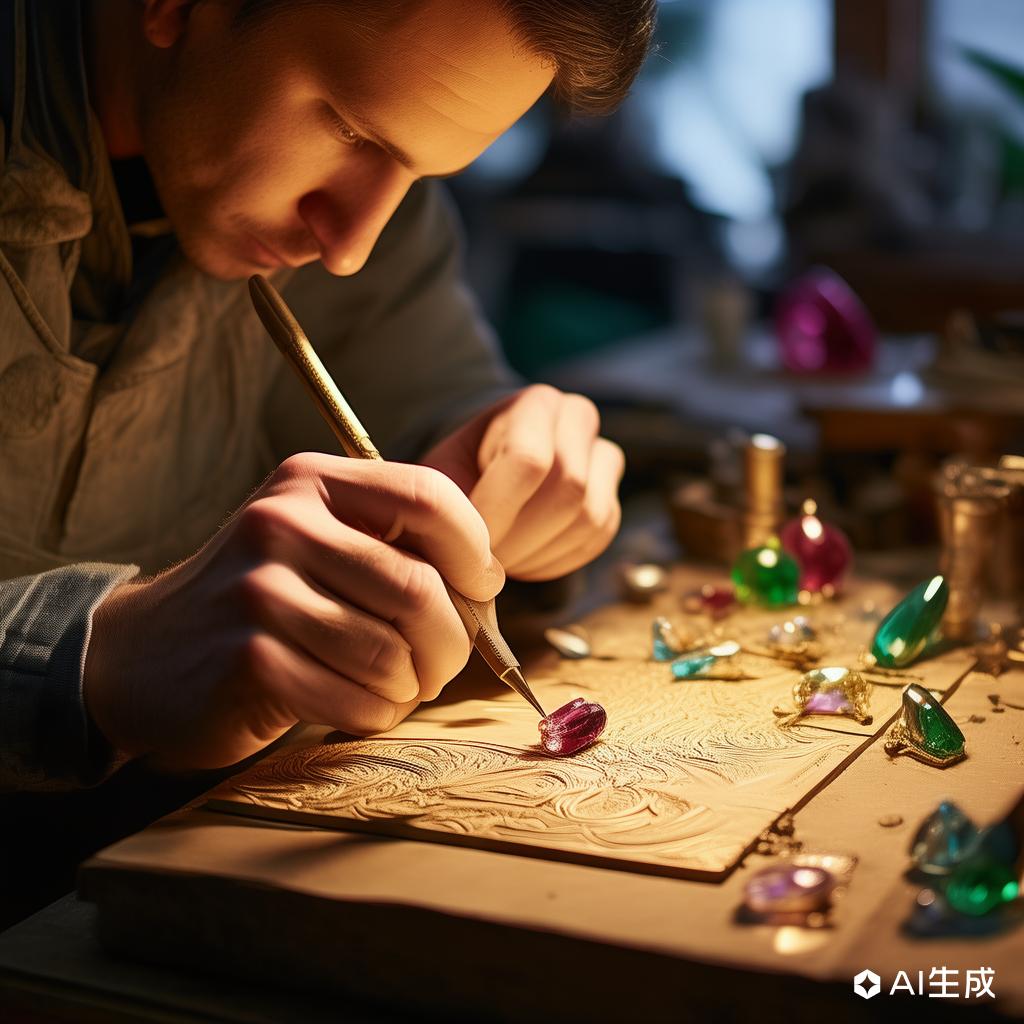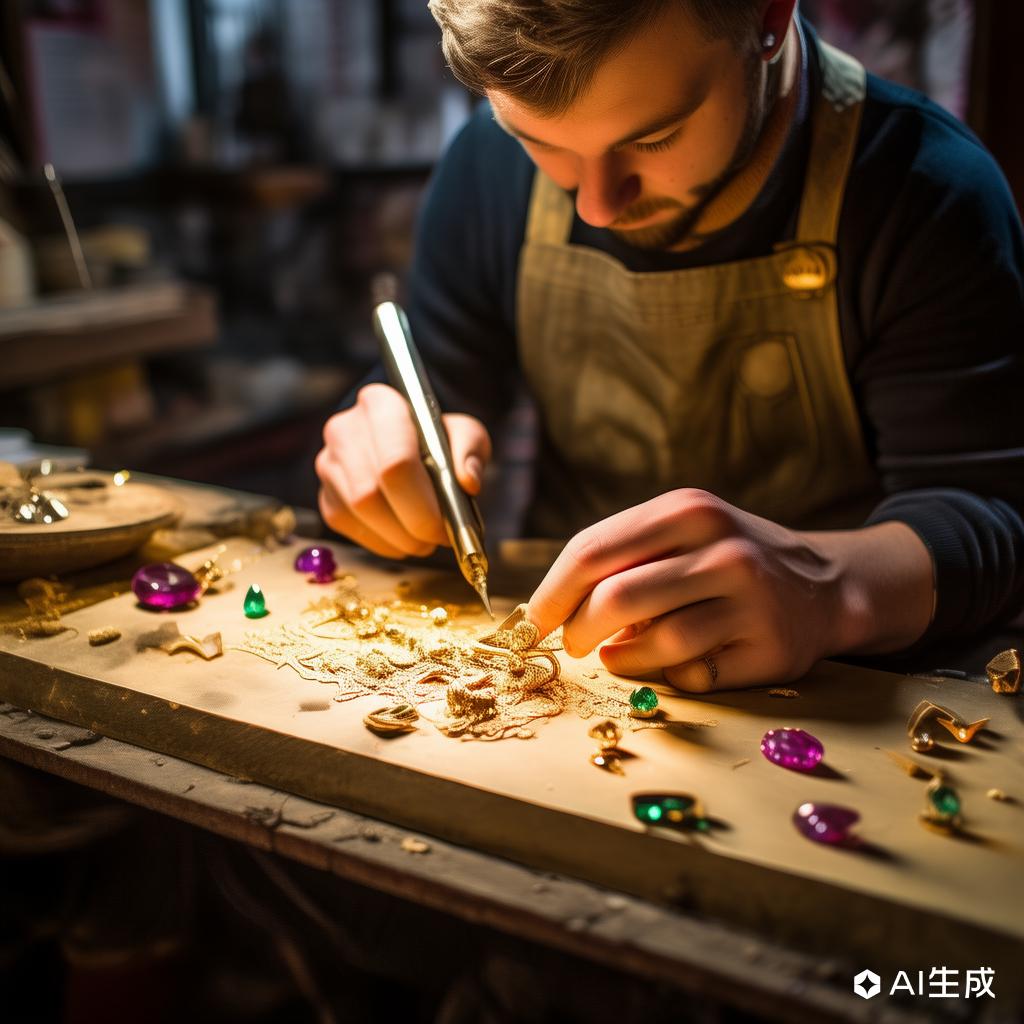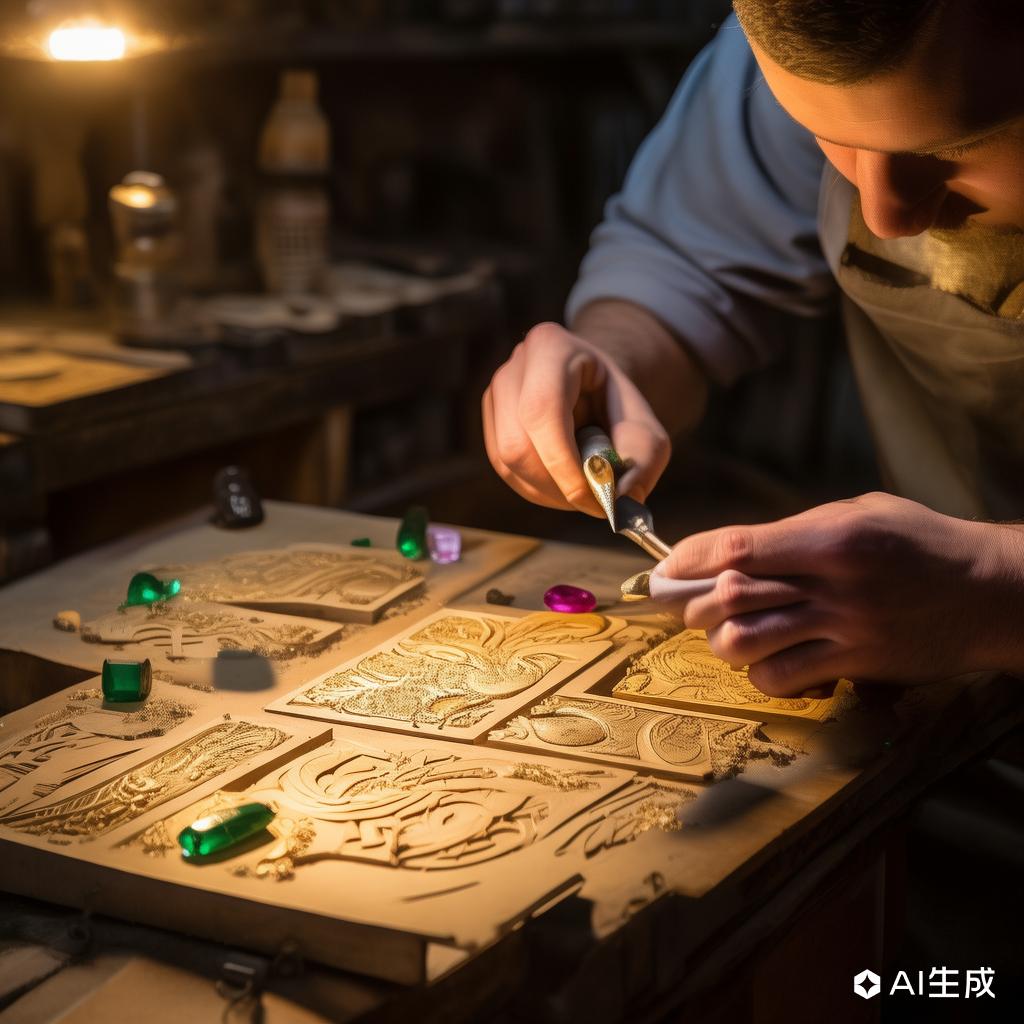The Art of Jewelry Carving: Techniques and Tips for Creating Exquisite Pieces
Share



Jewelry carving is a meticulous process that requires a blend of skill, creativity, and patience. This art form has evolved over the years, incorporating both traditional and modern techniques to produce breathtaking jewelry pieces. Here’s a comprehensive guide to help you delve into the world of jewelry carving.
#### Understanding Jewelry Carving
Jewelry carving involves the detailed shaping and engraving of metals and gemstones to create intricate designs. This art form can be applied to various types of jewelry, including rings, necklaces, bracelets, and earrings. The key to successful jewelry carving lies in understanding the materials you are working with and mastering the tools of the trade.
#### Materials Used in Jewelry Carving
1. **Precious Metals:** Gold, silver, and platinum are commonly used due to their malleability and aesthetic appeal.
2. **Gemstones:** Diamonds, sapphires, rubies, and other gemstones are often carved to enhance their natural beauty.
3. **Tools:** Carving tools include gravers, files, burrs, and rotary tools, each serving a specific purpose in the carving process.
#### Basic Techniques
1. **Engraving:** This involves cutting grooves into the metal to create designs. Engraving can be done by hand or with the help of machines.
2. **Relief Carving:** This technique involves carving away the background to make the design stand out in relief.
3. **Intaglio:** The opposite of relief carving, intaglio involves carving designs into the surface, creating a sunken effect.
#### Advanced Techniques
1. **Laser Carving:** Modern technology allows for precise carving using laser beams, ideal for intricate designs.
2. **3D Carving:** Advanced software and machinery enable the creation of three-dimensional designs, adding depth and complexity to the jewelry.
3. **Micro-Carving:** This technique involves carving extremely small and detailed designs, often requiring magnification tools.
#### Tips for Beginners
1. **Start Simple:** Begin with basic designs and gradually move to more complex ones as you gain confidence.
2. **Practice Regularly:** Consistent practice is key to honing your skills.
3. **Invest in Quality Tools:** Good quality tools can make a significant difference in the outcome of your work.
4. **Learn from Experts:** Attend workshops or online courses to learn from experienced jewelers.
#### Maintenance and Care
Proper maintenance is crucial to preserve the beauty of carved jewelry. Regular cleaning with a soft cloth and storing pieces in airtight containers can prevent tarnishing and damage.
###